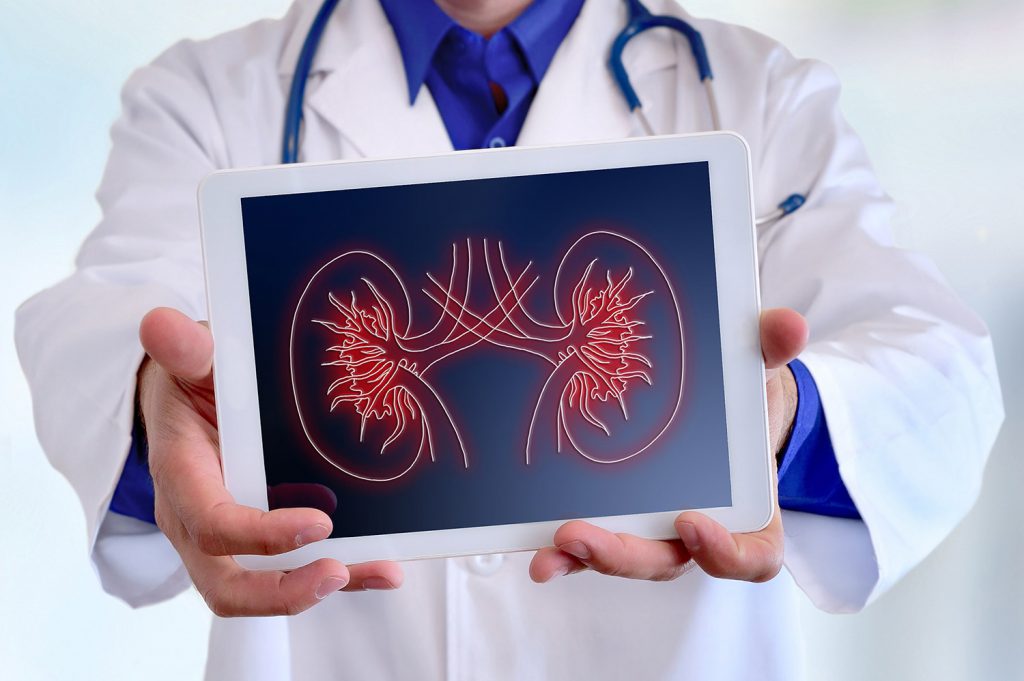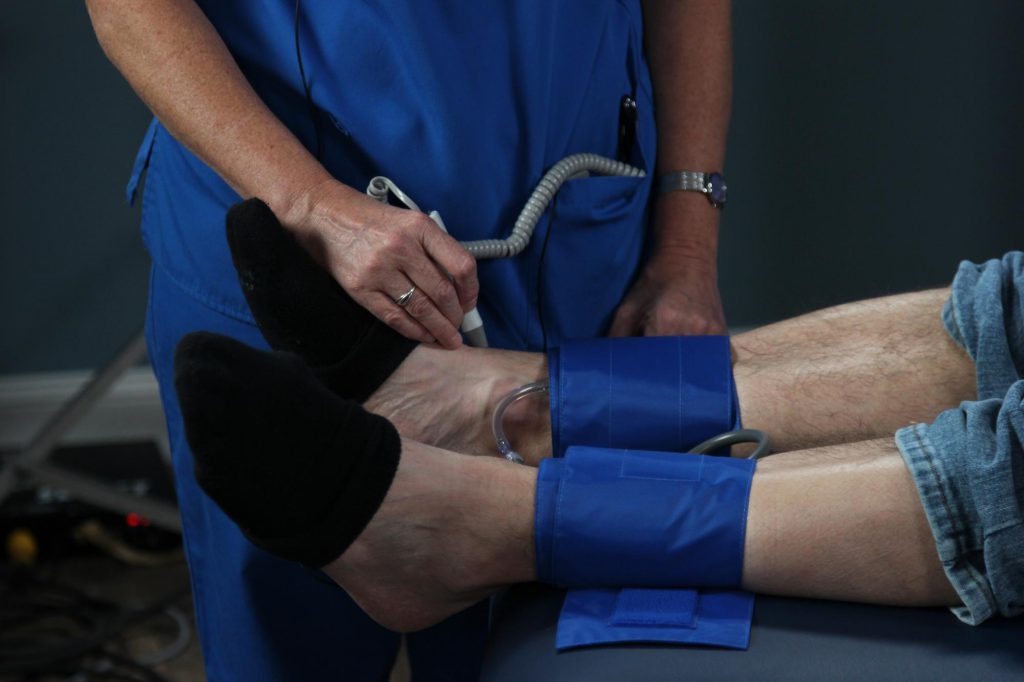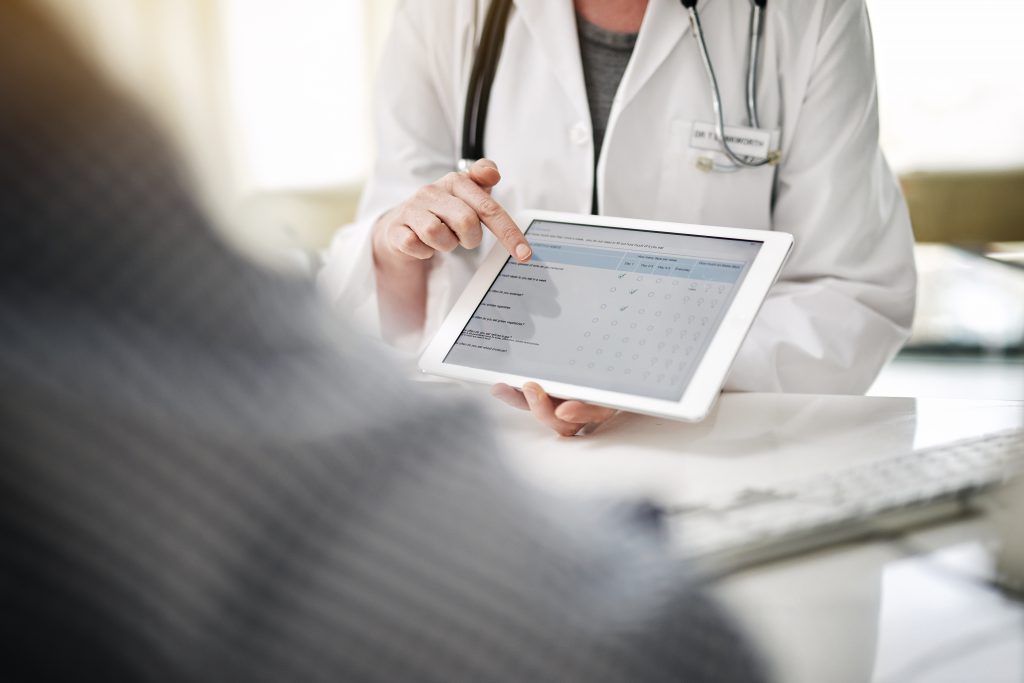
Type 2 Diabetes Test and Diagnosis
Diabetes mellitus refers to a group of diseases in which the body either does not produce enough insulin, or does not properly use the insulin that is produced. Insulin is the hormone produced in the pancreas that your body uses to convert the sugar in your blood (blood glucose) to energy in your cells. Blood glucose is very important to your survival: it is the primary energy source for the brain, and also critical to cells and tissues in your body. Diabetes (both Type 1 and Type 2) causes your body to have too much glucose in your bloodstream, and that can damage your health in a myriad of ways.
About Type 2 Diabetes
Diabetes is growing significantly in the United States, with the Centers for Disease Control (CDC) stating that 9.4% of the country’s population (30 million people) has diabetes. Another 84 million have prediabetes, which can lead to full blown diabetes within 5 years if not treated.1
Diabetes can be silent, developing without any symptoms or indications that it is damaging the body’s organs. The complications from diabetes are numerous. Having diabetes puts one at significantly higher risk for heart disease and stroke. Diabetic retinopathy is a leading cause of blindness. Circulation problems in the legs can develop because of diabetes, and in the worst instances, can lead to tissue death requiring amputation. Diabetes can also damage the nerves (called neuropathy), causing tingling, numbness, and burning pain in the hands and feet. Diabetes also damages the filtering system in the kidneys, leading to kidney disease that could require dialysis or a kidney transplant. Symptoms of depression are more common in people with diabetes, which can affect diabetes management.
Treatment for diabetes may include insulin, medications to stimulate insulin production in the pancreas, weight loss, and increased activity. People with diabetes are required to monitor their blood glucose levels several times a day.2
Type 2 Diabetes Screening Details
The Type 2 Diabetes test is a quick and easy finger-stick blood glucose screening called a hemoglobin A1c. It calculates the average glucose level in your blood over the previous 2-3 months, and is the medical standard for understanding if your body is using glucose properly. Hemoglobin is found in red blood cells, and is responsible for moving oxygen through the body. When glucose enters the bloodstream, it binds to the hemoglobin. Red blood cells live about 3 months, so the Hemoglobin A1c is reported as a percentage of the red blood cells that have glucose bound to them. A hemoglobin A1c measurement of 5.6% and below is in the normal range; hemoglobin A1c at or above 5.7% is considered high, and should be followed up with your personal care physician. It could indicate prediabetes, which should be managed so it does not develop into diabetes. For the type 2 diabetes test to be accurate, you must fast (no food or drink other than water) for 12 hours prior to your screening.
Warning Signs of Type 2 Diabetes
Most people with Type 2 Diabetes live with it for years without realizing they have it. If you are experiencing any of the symptoms listed here, you should consider getting a glucose screening test for diabetes.
- Frequent urination
- Unusual thirst
- Extreme hunger
- Unusual weight loss
- Extreme fatigue
- Irritability
- Frequent infections
- Blurred vision
- Cuts or bruises that are slow to heal
- Tingling or numbness in the hands and feet
- Recurring skin, gum or bladder infections
Risk Factors for Type 2 Diabetes
- Age 45 or older
- A family history of diabetes (mother, father, or siblings)
- Certain ethnicities are at higher risk: African Americans, Hispanics, Asian Americans and Pacific Islanders, American Indians, and Alaska Natives are at an increased risk for developing diabetes
- Women who have experienced gestational diabetes, which is diabetes that occurred during pregnancy. This would include women who delivered a baby weighing nine pounds or more at birth.
- Being overweight with a BMI of 25 or higher
- Adults who are physically inactive
- Lipid panel analysis that indicates low HDL (good) cholesterol, and high levels of triglycerides
- High blood pressure
- Women who have been diagnosed with polycystic ovarian disease
Who is a Type 2 Diabetes test for?
Type 2 Diabetes testing is medically appropriate (and recommended) for all adults age 45 and older, as well as adults younger than age 45 with any risk factors for diabetes.
Ages
Screening is recommended for all adults 45+ or for younger people with risk factors.
Frequency
A glucose screening test for diabetes should be repeated every 3 years beginning at age 45, unless prediabetes is present. Adults with prediabetes should be screened annually. Talk to your personal physician about your risk factors and your current medical condition; he or she may request that you are screened for diabetes more frequently.
Schedule this Screening
*Screening availability may be limited by location.
Relevant Tests
References
1. Centers for Disease Control, https://www.cdc.gov/diabetes/basics/index.html
2. Mayo Clinic, https://www.mayoclinic.org/diseases-conditions/diabetes/diagnosis-treatment/drc-20371451


